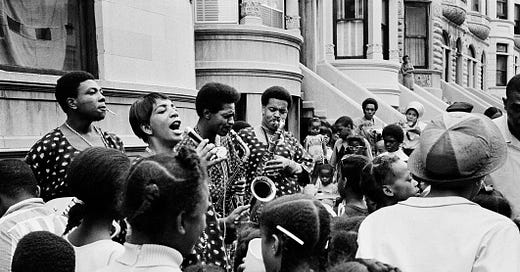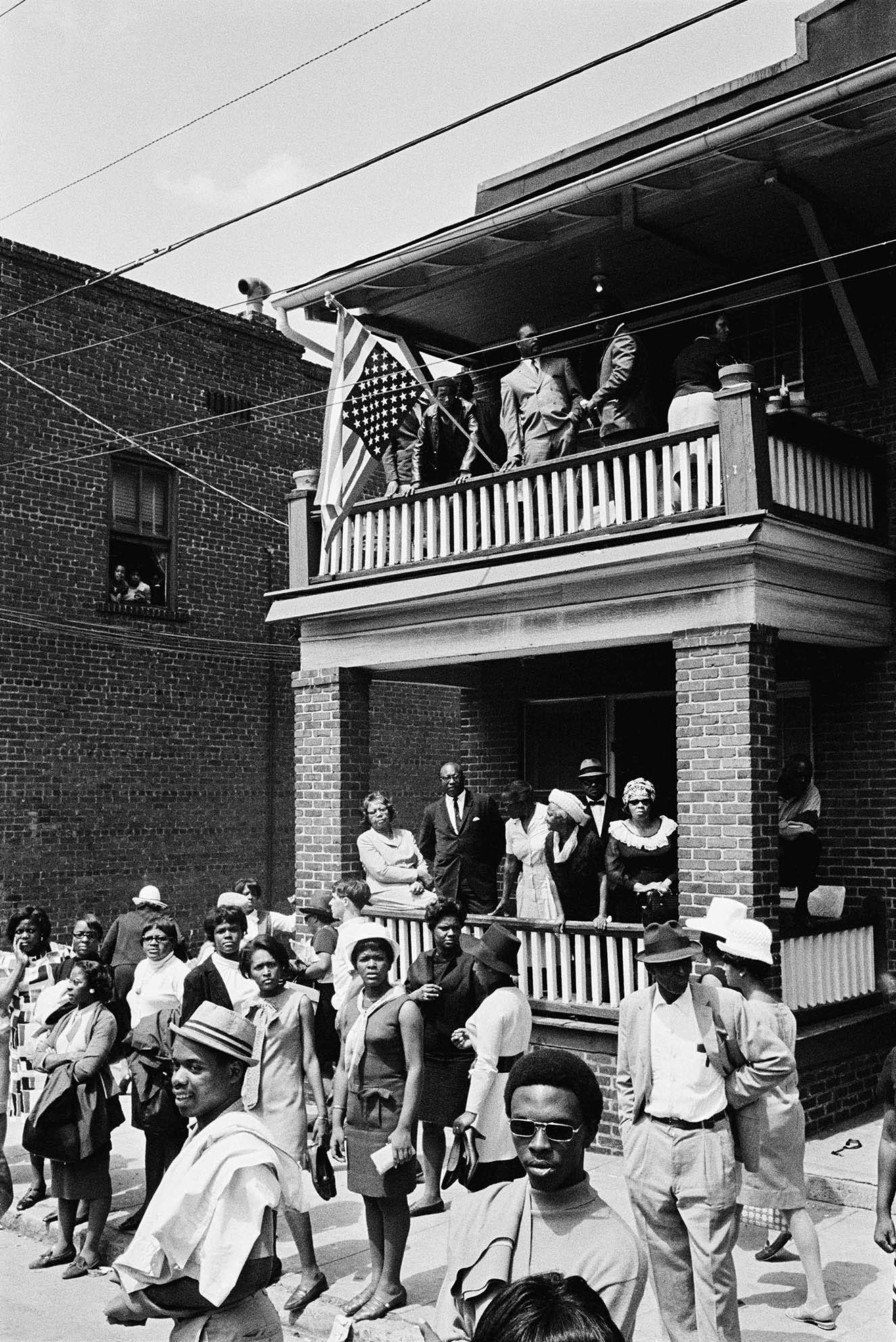Photo Essay: The True America
Ernest Cole died destitute after photographing apartheid and the US civil rights movement. His work was thought lost. But then 60,000 of his photographs were found in a Swedish bank vault
Oupa Nkosi
Ernest Cole died destitute after photographing apartheid and the US civil rights movement. His work was thought lost. But then 60,000 of his photographs were found in a Swedish bank vault. They tell the story of one of South Africa’s great photographers.
The True America, released by Aperture in 2023, is the first published collection of photographs by legendary South African photographer Ernest Cole since his death in 1990. Taken between late 1967 and 1972, the images depict Black lives during a tumultuous period in American history. Cole had fled South Africa in 1966 at the age of 26 to resettle in New York. There, he published his landmark book House of Bondage, showing the atrocities of apartheid.
While in the United States, Cole travelled around the country and shot over 40,000 negatives documenting Black life. They are windows into the civil rights movement during the months right before and just after the assassination of Martin Luther King Jr, into the fight for racial equality, violent political radicalism and the Black Pride movement, which encouraged African-Americans to embrace their African heritage.
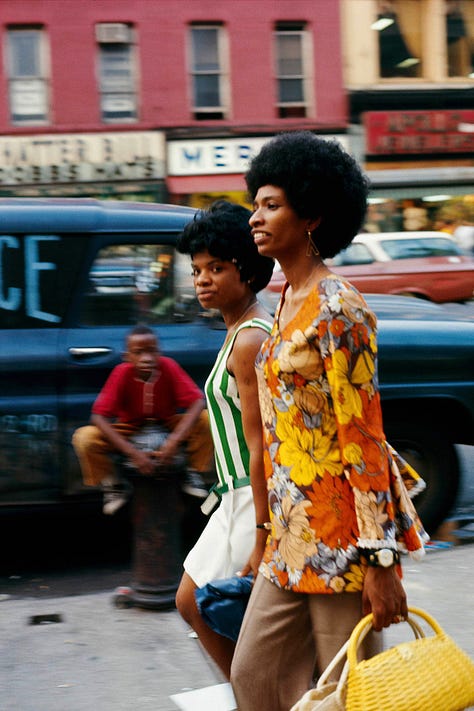
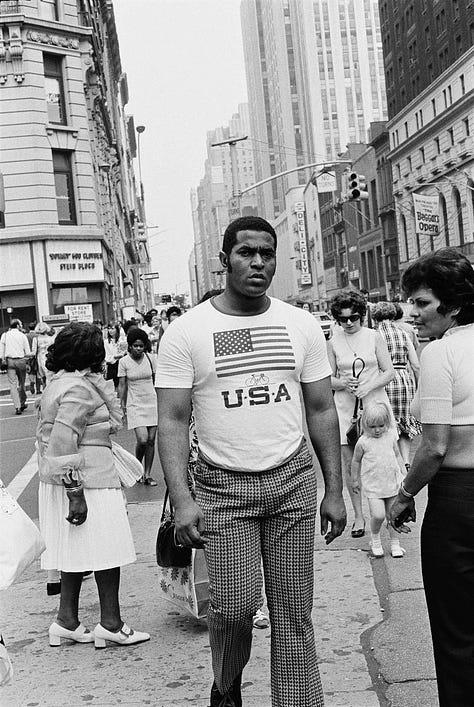
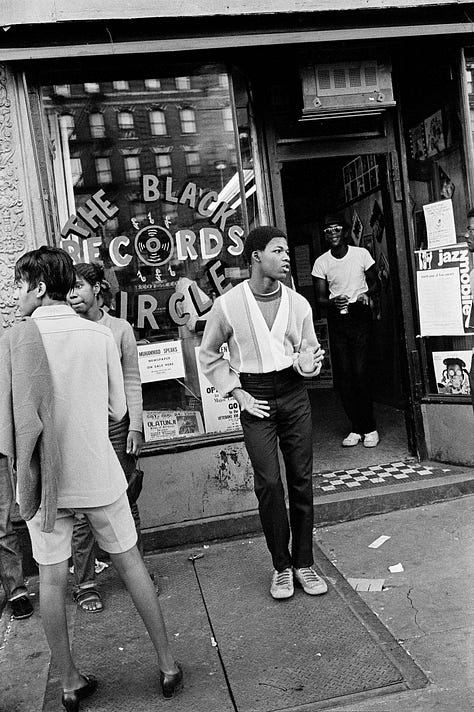
Cole was best known for shooting in black and white. But in his pictures of Harlem, he used colour reversal or slide film, a surprising choice that beautifully brings out the vibrant colours of street fashion then.
“These photographs show Cole taking advantage of a greater freedom to get closer to people in New York than he could in South Africa,” writes researcher Leslie M. Wilson in the book. “In that way, they also reveal more of his interactions with people from a wide range of backgrounds.”
The True America celebrates Cole’s life and his immense contribution to photography. It also aims to set straight the record of his life, which was riddled with mysteries.
For photographing revolutionary movements like the Black Panthers, Cole caught the attention of the CIA, which may have forced him to relocate to Sweden for a while. In the US, he received a Ford Foundation grant for a book that would explore Black communities in cities and rural areas – but it never came out.
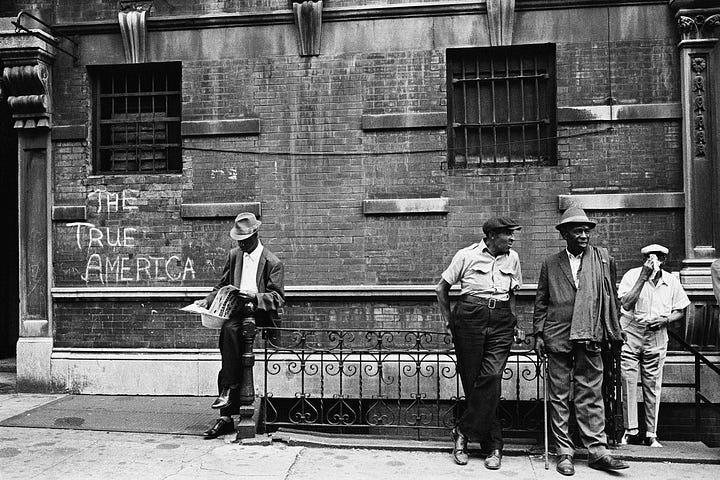
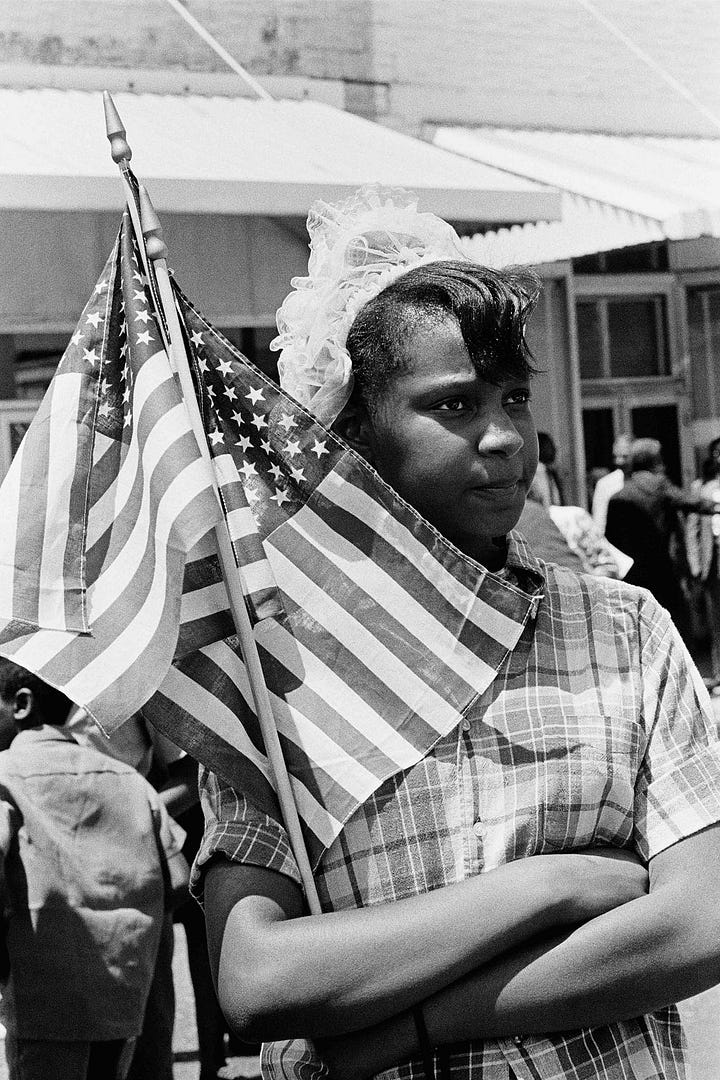
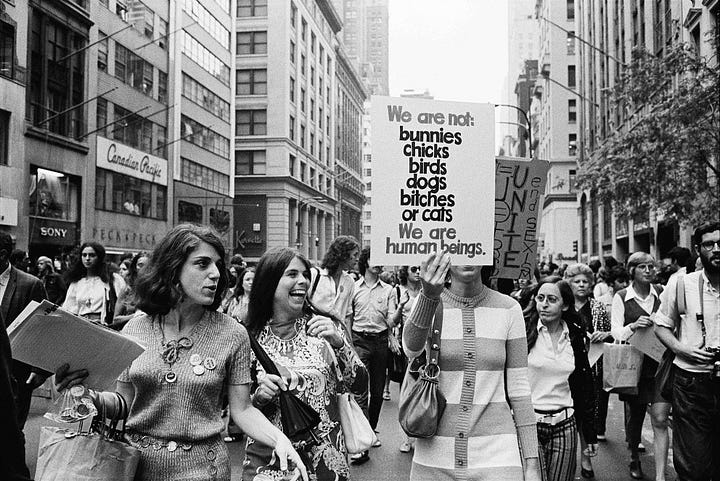
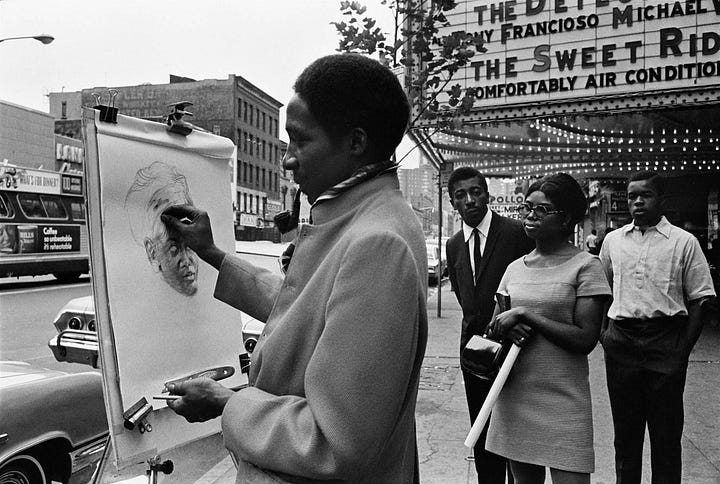
At the time of his death from cancer at age 49, Cole had lost all his negatives and cameras and was destitute.
Then in 2017, more than 60,000 of his negatives which had been missing for more than 40 years resurfaced in the vault of a bank in Sweden that refused to disclose the details of the person or people who had deposited them there.
The book’s preface and thought provoking essays by luminaries like Haitian filmmaker Raoul Peck and journalist and scholar James Sanders, reveal what might have happened to this genius photographer.
Arranging the undated and untitled images into themes must have taken meticulous work. The cover design by Oliver Barstow is stunningly detailed and high quality. The fastidious Cole would be proud of it. And his work continues to talk to the present as much as it does to the past.

